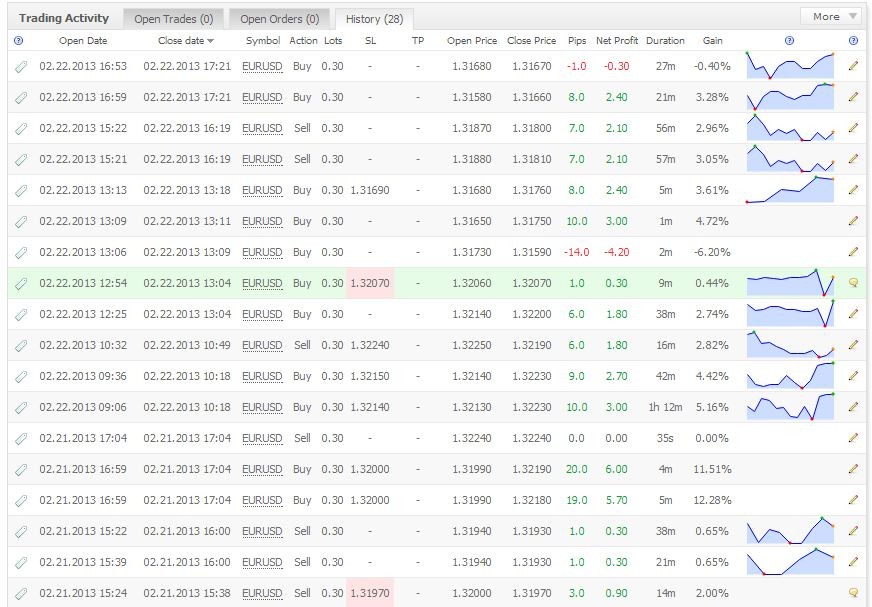Ichimoku Charting System For Dummies P1 Short History & Basic Concepts
Post on: 16 Март, 2015 No Comment

The Ichimoku Kinko Hyo (or Equilibrium at a glance) charting system offers deep insight into market dynamics in any timeframe analysis, from High-frequency trading to a Grand Super-cycle investment guide (though it is mainly used in the daily, weekly & monthly candle perspective).
The following is the first part of an educational series prepared by Dag Mller at S EB Group. The second part will be published on Monday Feb 25:
P1: SHORT HISTORY & BASIC CONCEPTS
The system was developed in Japan during the 1930s by Mr. Goichi Hosoda, but it wasnt released in public until 1968. Ichimoku Kinko Hyo means Equilibrium chart at a glance. To many market participants this study is still categorized as an exotic indicator. Though its truly not one indicator, but rather a set of tools, put together, building a complete charting system. While all of its components may be used as single stand-alone indicators, they work better together as a system. You could say it is a Swiss army knife set of tools, used to identify trends, define levels of support & resistance, generate buy & sell signals (both for entry and exit) as well as identifying stretches. For stretches and exit strategies there are a few other tools outside the Ichimoku system when put together with the Ichimoku system could add accuracy and confidence.
The basic observations made by the developer puts focus on the fact that prices or rates on any financial asset or security fluctuates over time, either in ranges when the market is balanced or trending when demand or supply is dominating in the market. Prices trend higher when demand is greater than supply and trend lower when forces reverse. A trend consists of impulses in the underlying direction and corrections against the prevailing trend when impulses reach points where the move gets exhausted. The fine tuned interrelations between short- & longer term interests create waves within waves and this behaviour normally prevents a digital market where prices otherwise would gap from one level to another based on new market information shifting the balance. Over time this process creates trends and in the case of an uptrend as an example; prices are pushed higher (on demand superseding supply). At one point the move becomes exhausted and correctional forces kick in. Once the correction fades the underlying trend takes precedence once again, presumably from a higher price level than from where the trend started. A series of impulses into higher highs and corrections fading at higher lows is the basic definition of a bullish trend. This trend could be viewed as an oscillating process around a fair value or equilibrium that changes over time with the trend as the market adjusts to a new higher level. In the described uptrend this equilibrium moves higher over time, while in a downtrend it moves lower. Its worth pointing out that in this concept the equilibrium rate is not determined by any outside parameters thought to affect the charted asset, instead the equilibrium rate in this study is solely set by historical rates and how they have developed over time.

Another centrepiece in this approach is the thought that; what we do today will have an impact on future price movements. A strong trend now and high volatility will create stronger future resistance and support levels (since more positions are taken in such a market compared to what is traded in a low volatile range). This thought is what creates the most eyecatching feature of the Ichimoku approach; the Kumo or Cloud which will be described in detail the follwing parts. Another thought focuses on the importance of checking price action today with earlier prices (to confirm the direction of a trend).
The system also detects non-trending conditions or ranges, but is primarily built to signal a neutral stance under such conditions and not designed for a range trading approach.














